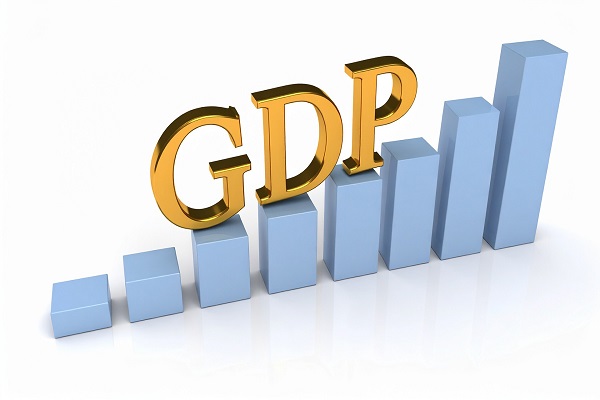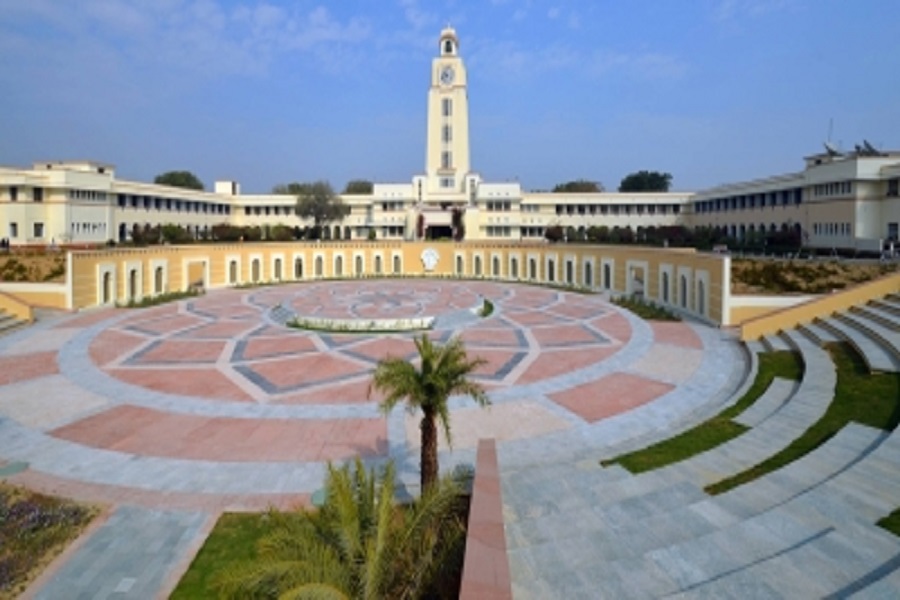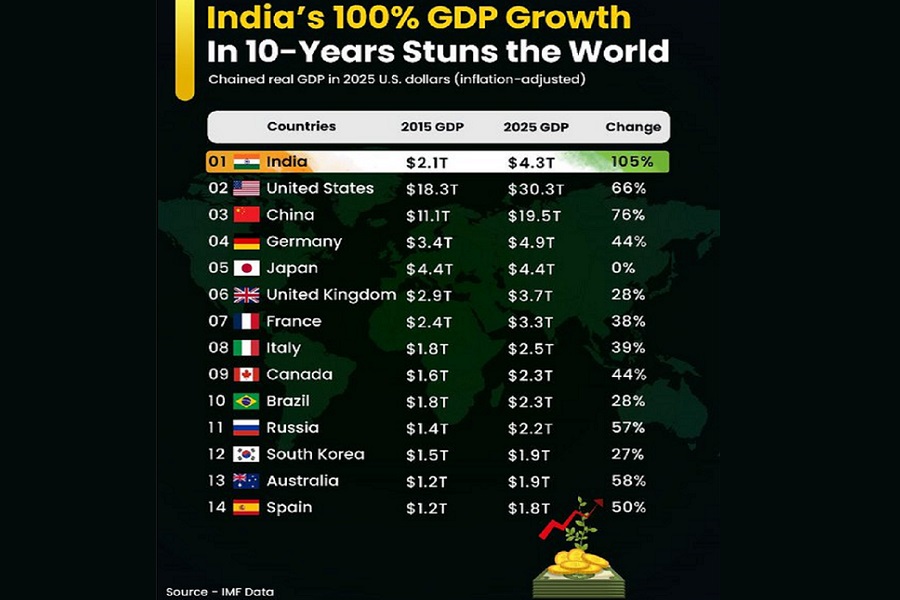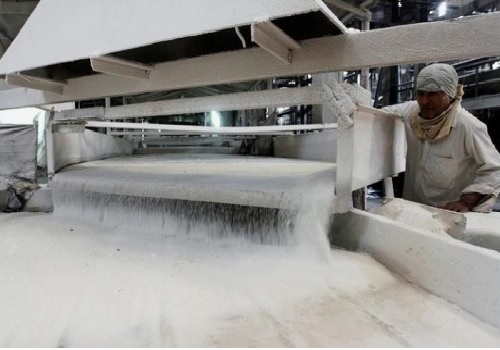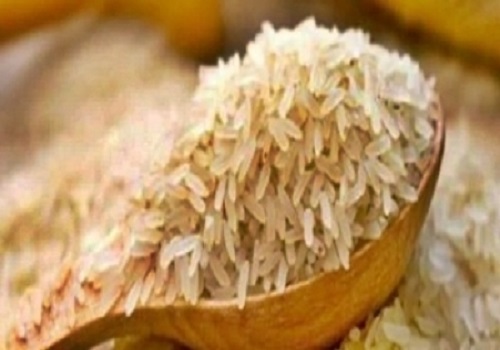How U.S.–India Tariff Tensions Are Reshaping India`s Agriculture Sector by Amit Gupta, Kedia Advisory

In 2025, tensions between India and the United States over trade and geopolitical issues—particularly India’s continued imports of discounted Russian oil—have escalated sharply. In August 2025, the U.S. doubled tariffs on a broad range of Indian agricultural exports from 25% to 50%, following stalled trade negotiations aiming for $500 billion in bilateral trade by 2030. These tariff hikes are creating substantial disruption across India’s agricultural export sector, threatening not only billions of dollars in trade but also the livelihoods of millions of Indian farmers and agri-entrepreneurs. Prime Minister Narendra Modi has publicly reinforced India’s commitment to safeguarding agricultural sovereignty despite these economic pressures.
While the tariff dispute is partly a political tool tied to energy and trade access, its effects are cascading through India’s agriculture markets, forcing a reconsideration of export strategies, domestic policies, and farmer protections at a critical juncture for the sector.
Agri-Exports in Jeopardy
India’s agricultural exports to the U.S. reached approximately $3.47 billion during the first half of 2025, marking a robust 24.1% increase over the same period in 2024—yet this growth is now threatened by the sharp tariff increases. Key commodities affected include shrimp, basmati rice, spices, honey, and herbal extracts.
* Shrimp: India remains a major supplier, accounting for nearly 10% of U.S. shrimp imports, but the combined effective tariff (including the new 50% U.S. duties plus existing anti-dumping tariffs) can reach 60%, severely undercutting India’s competitiveness versus countries such as Vietnam and Indonesia.
* Basmati Rice: Farmers, especially in Punjab, report a drop in U.S. demand and falling prices from around ?4,500 to ?3,500 per quintal. With Pakistan positioning itself as an alternative supplier, the long-term market share for Indian basmati rice in the U.S. is at risk.
* Spices: Essential spices like cumin (jeera) and psyllium husk (isabgol) now face fresh 25% tariffs, leading to a 15% decline in export volumes from Gujarat, the primary cultivation region.
* Other High-Value Crops: Exporters of grapes, pomegranates, mangoes, and honey—many of which previously benefited from low or no tariffs—are also experiencing significant margin pressure due to the tariff hikes.
The broader trade environment exacerbates challenges as rising tariffs contribute to inflation in agricultural input costs. Although the U.S. does not heavily supply India’s agricultural inputs directly, its policies affect global supply chains, increasing prices of fertilizers, machinery, seeds, and agrochemicals:
* Fertilizers: Potash prices, largely sourced from Canada, have increased 10–15% due to shifting trade routes and logistical costs influenced by U.S. tariffs.
* Agricultural Machinery: Import costs for U.S.-made tractors and precision tools have surged by up to 25%, slowing mechanization efforts critical for modern farm productivity.
* Seeds and Agrochemicals: Industry leaders like Bayer and Syngenta have proposed input cost hikes between 5% and 12%, affecting hybrid seeds and pesticides, particularly for cotton, soybean, and maize cultivation.
* Currency Depreciation: The Indian rupee depreciated from ?83.8 to ?87.16 per U.S. dollar, amplifying import costs and further squeezing farmers’ budgets.
A Fragile Livelihood Under Threat
Although agriculture contributes about 16% to India’s GDP, it supports nearly 700 million rural inhabitants, many of whom rely on farming as their primary livelihood. The majority are smallholder farmers earning roughly ?100,000 annually, operating with minimal profit margins.
The rise in export tariffs coupled with escalating input costs and currency depreciation is rapidly eroding farm incomes. Many small farmers face tough choices: reduce cultivated area, skip essential inputs, or switch to lower-value crops—measures that could jeopardize production and food security.
This economic distress has ignited political and social responses. Farmers’ unions across states have mobilized protests demanding protectionist policies and government resistance to foreign pressure. There is widespread public and political support for prioritizing agricultural self-reliance over market liberalization in the face of these tariff challenges.
Policy Response: Holding the Line, Seeking Alternatives
The Indian government under Prime Minister Modi has maintained a firm stance, refusing to dilute protections for farmers, dairy producers, and related sectors despite international pressure.
Simultaneously, internal assessments are underway, exploring calibrated adjustments to India’s own agriculture tariff regime to maintain diplomatic and trade flexibility:
* Rationalizing outlier tariffs exceeding 50%, which currently serve symbolic political purposes, to better align with economic realities.
* Introducing tariff quotas on products like wheat and pulses, where domestic surpluses exist, allowing limited market openings without undermining farmer interests.
To mitigate dependence on the U.S. market amid tariff headwinds, India is actively diversifying export markets, identifying alternatives in:
* Southeast Asia
* European Union
* Middle East
Exporters are encouraged to innovate through value addition, improving packaging, branding, and attaining rigorous quality certifications to remain competitive internationally.
Infrastructure investments are being prioritized with a focus on:
* Expanding cold storage capacity
* Enhancing rural logistics networks
* Developing digital export facilitation platforms
These measures aim to reduce post-harvest losses, extend shelf life of perishables, and streamline export processes.
Moreover, the tariff conflict has amplified discussions promoting a strategic shift from production-centric agriculture to an ethical, sustainable model emphasizing:
* Self-reliance in critical commodities like oilseeds and pulses
* Strengthening Farmer Producer Organizations (FPOs) for better market access
* Accelerating adoption of agri-tech solutions and climate-resilient farming
If effectively implemented, these policy directions could shield Indian agriculture from global market volatility and enhance long-term food and economic security. Lastly, this U.S.–India tariff standoff marks a defining moment for Indian agriculture. As the world's largest democracy balances protecting domestic interests with engaging in an interconnected global economy, upcoming resumed trade talks in late August 2025 will be pivotal. The resolution—or prolongation—of this dispute will significantly influence the trajectory of India’s agricultural exports, farmer livelihoods, and bilateral trade relations for years to come.
Above views are of the author and not of the website kindly read disclaimer








